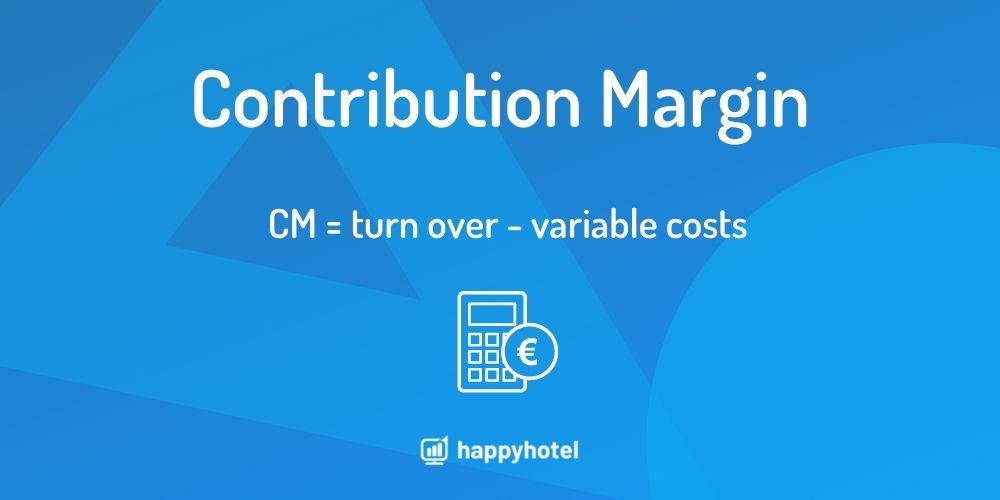The contribution margin calculation is one of the most important components in the business management of a hotel.
- Definition in business administration
- How do you use the contribution margin in the hotel industry?
- What are the prerequisites for a good CM calculation?
Definition in Business Administration
Explanations in business administration can often be very detailed and complicated. However, this definition seems to us to be generally valid and presented in an understandable way.
The contribution margin (CM) is the difference between the turnover and the variable costs in a company.
The amount thus shows what is available to the company to cover fixed costs, i.e. how much an individual product contributes to covering fixed costs.

CM accounting is integrated into cost and activity accounting. There is a destinction between
- Unit Contribution margin (unit price – variable unit costs)
- Total contribution margin (total revenue – total variable costs = contribution margin x sales volume)
- Relative contribution margin (contribution margin / production factor consumption)
How do you use the contribution margin in the hotel industry?
Applied to the hotel industry, the contribution margin can help to find out when your hotel is economically profitable. The calculation is important for the break-even analysis, for example.
Here, each individual hotel room (or hotel offer) should generate its contribution margin. In other words, the price for the room sold must ensure to cover at least the variable costs. You can find more detailed explanations on the calculation of the price floor here in our lexicon.
In the hotel industry, a distinction exists between the total CM and the unit CM, i.e. the CM per room.
A short, simple example:
The variable costs per room are 25 euros, our room rate is 100 euros.
This results in a db of db=100 euros – 25 euros=75 euros.
The room thus contributes 75 euros to cover the fixed costs.
What are the prerequisites for a good contribution margin calculation?
It is important that you present the costs in your hotel transparently. Every hotel should be able to accurately determine variable and fixed costs.
Fixed costs include rents, leases, interest, fixed wage costs, IT costs, etc. They are independent of the occupancy rate or the number of guests. They are independent of capacity utilisation or time of year.
Variable costs include, for example, the consumption-dependent part of the electricity costs (not the basic fees), the use of goods/food, commissions, etc. These costs are only incurred when there is really a demand for goods. These costs only arise when there are actually guests in the hotel.
Furthermore: include the calculations in all departments of the hotel. This is because they not only have an influence on the direct price calculation, but also, for example, on marketing.
Here is the most important information in a nutshell:

